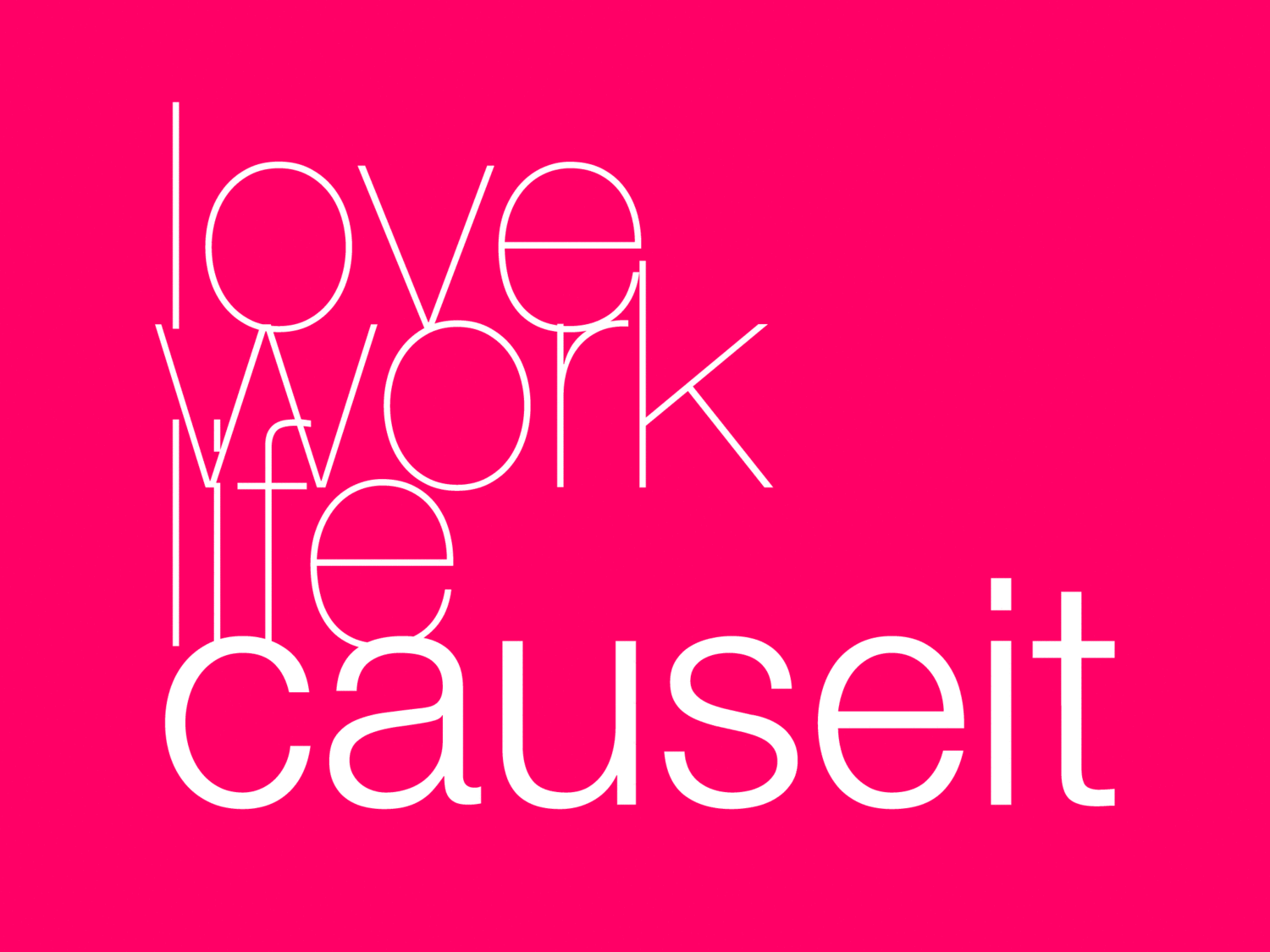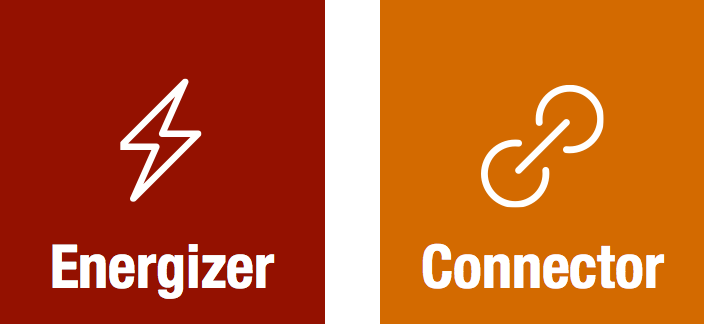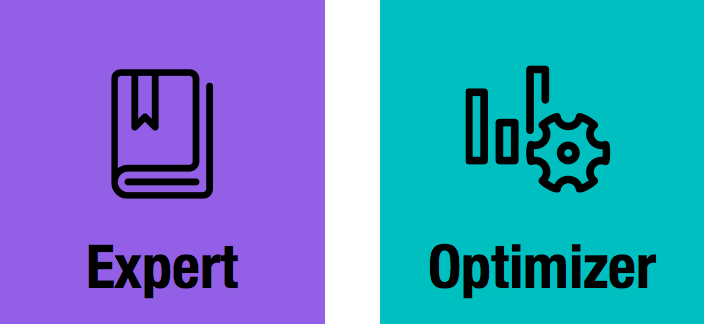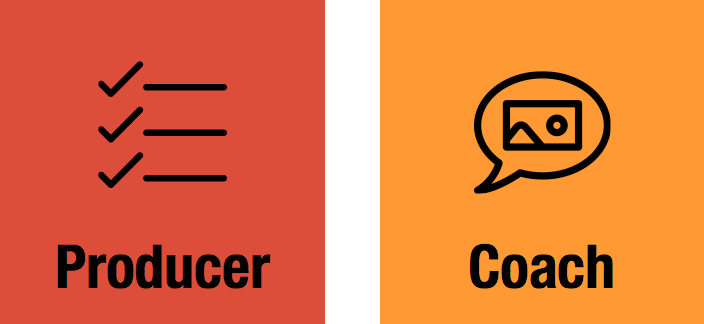Summer’s tasks center around manifestation, including making sure that you make critical choices about which plants to nurture and which to let go of as things start to grow and take up space and resources. The focus of your decisions shifts from what new ideas to introduce to which new sprouts should be cultivated and nurtured.
The summer ends when plants begin to be harvestable. In business, this means that we move to the fall when we begin to realize the benefit of our work in consistent, long-term revenue or other results.
Summer Roles
Explorers begin to focus on the integration of new innovations into the whole of an organization and begin scouting for the next round of ideas for iterating or pivoting.
Planners coordinate the process of selecting which ideas move forward and which have to be let go, especially as it relates to managing funding and work effort.
Energizers help the team stay focused on the end goal and support the team through the arc of difficult decisions and challenging integrations with the larger organization.
Connectors map current members of the team to the departments and partners needed to scale innovations up, and begin to seek new opportunities for team members who had been mostly focused on launch.
Experts work with producers and others to solidify complex designs and systems.
Optimizers rapidly iterate on design to increase reliability and profitability.
Producers churn out the work needed to scale innovations.
Coaches help new members of the team orient themselves and help existing members of the team adapt to the increasing complexity and decreasing freedom of the process, or help them move to new roles.
SUMMEr Projects
Scaling of core functions, including research & development
When it is time to start externally-visible work—either direct offerings or publication of useful research around areas of interest to customers and partners—you will have entered the Manifestation/Summer stage. At this point, costs of providing service increase, but the total impact of the innovation process will not have reached economies of scale. It is important that this phase be properly planned and communicated about, because going the wrong direction in this phase is far more costly than in the Formulation/Spring stage.
Projects in this stage often include:
Continued evolution and validation of a map of the business model environment and customers related to the company, mentioned earlier
A beta round of offerings and partnerships based on the previous stage’s ideation process
This beta process is repeated until you have validated your business models in the market, at which point beta projects scale either into sustainable offerings or are spun off/handed off to others
You move out of the Manifestation/Summer stage when the work you do for the people you ultimately serve is becoming efficient and is approaching full scale—when it is becoming ‘business as usual.’ You will know that you are leaving this stage when the learnings you have from beta projects validate models of a scaled-up version of the projects and are consistently producing direct results in the world.





